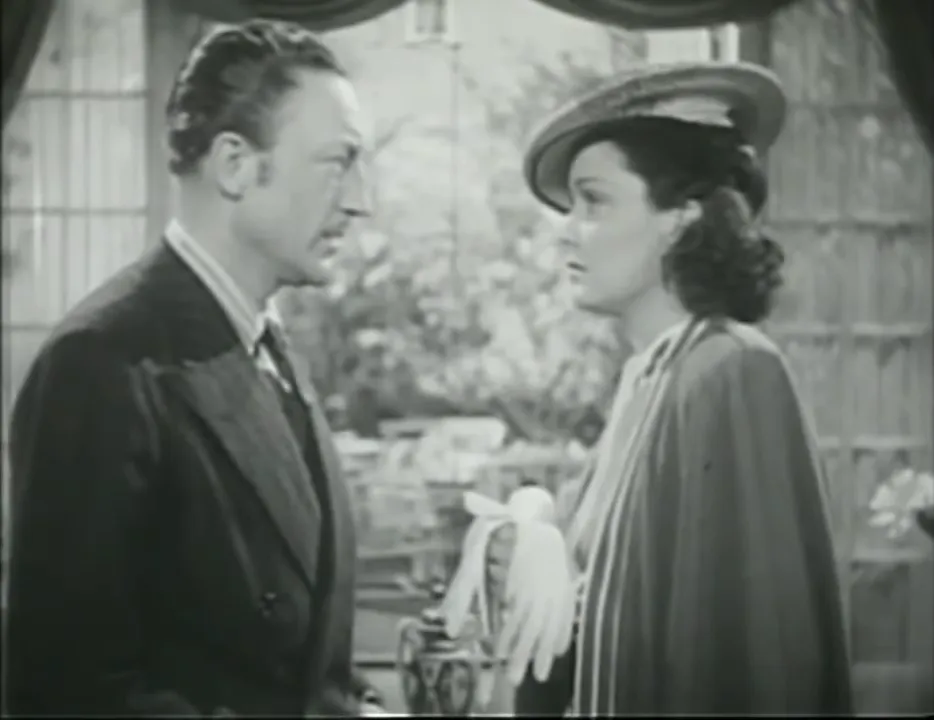Presented here is a critical reappraisal of Wives Under Suspicion, the 1938 Universal Pictures release directed by James Whale. The film, adapted from Ladislas Fodor's play The Kiss Before the Mirror and itself a remake of Whale's earlier 1933 picture, reads in the hands of its cast and filmmaker like an early, uneasy exercise in what later generations might identify as a film noir movie. This analysis uses the contemporary release data, cast and production notes, and the film's extant footage to situate Wives Under Suspicion within the moral, aesthetic and institutional currents of late 1930s Hollywood while weighing its claim to noir status.
Outline
- Introduction and context
- Origins and production background
- Synopsis and structural anatomy
- Performance and casting — Warren William, Gail Patrick, Ralph Morgan
- Themes: jealousy, jurisprudence, gender, and moral double standards
- Directorial approach and visual strategies
- Cinematography, editing, and music
- Reception, critical legacy and the Bosley Crowther review
- Public domain status and modern accessibility
- Close readings of key scenes with imagery
- Is Wives Under Suspicion a film noir movie?
- Conclusion: value, viewing recommendations, and preservation
Introduction and Context
Wives Under Suspicion was released on June 3, 1938, by Universal Pictures. With a tight running time of approximately 69 minutes and a production budget recorded at $205,000, the film is compact and immediate, compressed into a single moral dilemma that ties the professional life of a public prosecutor to an intensely private, jealous panic. The screenplay by Myles Connolly adapts Ladislas Fodor's play The Kiss Before the Mirror, a text previously filmed in 1933 by the same director, and reframes it around Warren William's district attorney, Jim Stowell.
The film arrives at a moment when Hollywood studios were experimenting with tighter psychological narratives and courtroom dramas that foreground questions of character and motive. James Whale, best known for his Gothic masterpieces in the previous decade, here applies a steadier, less expressionist hand. Yet the film's preoccupations — moral ambiguity, the unreliable veneer of respectable life, and obsessional jealousy — resonate with the motifs that would cohere into the classic configuration known as the film noir movie. That resonance fuels the enduring interest in Wives Under Suspicion among critics, historians and classic cinema fans.
Origins and Production Background
Wives Under Suspicion is directly based on Ladislas Fodor's play The Kiss Before the Mirror and functions as a remake of an earlier 1933 film of the same source. James Whale directed both versions, a rare instance of a director revisiting material within five years in a different production context. The 1938 film was produced by Edmund Grainger for Universal Pictures, with Frank Skinner credited for the musical score, George Robinson handling cinematography and Charles Maynard editing — a compact creative crew assembled to deliver a taut courtroom melodrama.
The decision to remake the story so soon — and under the same director — signals both the studio’s confidence in the material and an intent to refine its moral argument for a different audience moment. Whale’s return to the material suggests creative curiosity: how to translate a stage-bound psychological drama into a tighter, screen-specific form while retaining the ethical provocations that made the play arresting. The screenplay by Myles Connolly updates and streamlines, sharpening the institutional frame around a district attorney whose professional zeal is tested by a parallel private crisis.
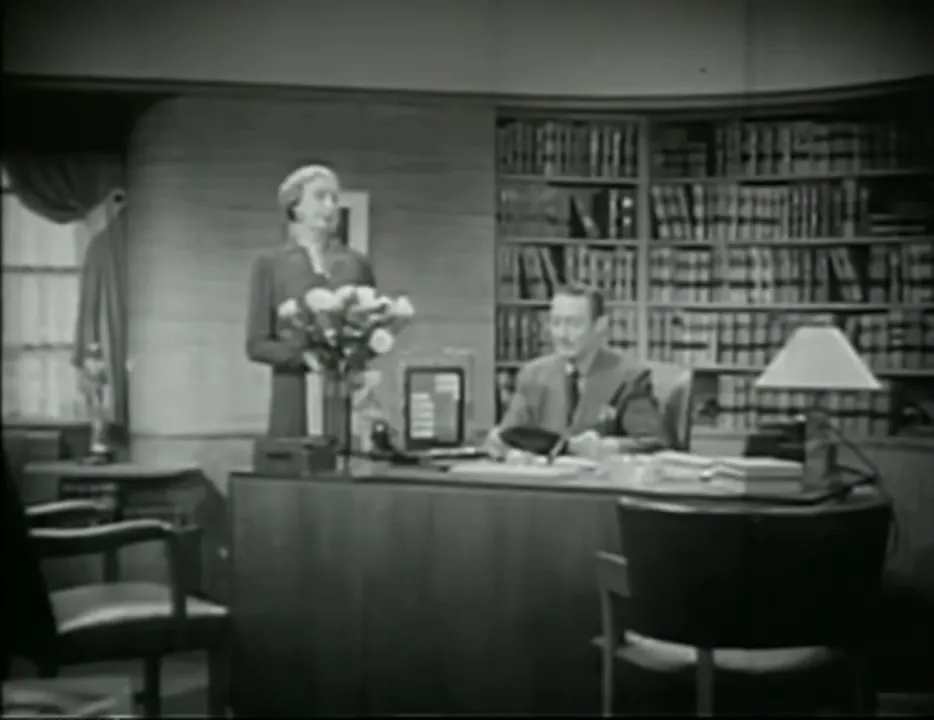
Synopsis and Structural Anatomy
At its core, Wives Under Suspicion juxtaposes two parallel narratives: the prosecution of Professor Shaw MacAllen, accused of murdering his wife, and the personal unraveling of District Attorney Jim Stowell, who, in the course of prosecuting the case, entertains the suspicion that his own wife may be unfaithful. The plot is economy itself. A jealous husband kills his wife; the district attorney pursues justice with stern rhetoric, only to find his prosecutorial certitudes reflected back at him when a smoldering personal jealousy takes hold. The story escalates in interpersonal intensity rather than through a proliferation of plot devices.
The narrative advances principally through courtroom sequences, private conversations and a sequence of moral interrogations that probe motive, negligence, and the nature of punishment. Architecturally, the film compresses action into a few set pieces — the courtroom cross-examination, the police station interrogation, and the domestic disputes at home — and uses these moments to refract the film’s central questions about responsibility and the law. The concise 69-minute runtime forces the script to move briskly, and the director privileges scenes that draw moral lines and then test them.
Cast and Performances
The film is anchored by Warren William as District Attorney Jim Stowell and Gail Patrick as Lucy Stowell. Ralph Morgan takes on the role of Professor Shaw MacAllen, the defendant whose romantic transgression catalyzes the prosecution. William, known for his urbane, often morally ambivalent screen personae, brings incisive rhetorical poise to Stowell: the district attorney who believes in punishment as a civic instrument. Warren William’s performance creates a public figure who is both charismatic and imposing, a man whose public eloquence masks personal vulnerabilities. As Stowell, William reads the courtroom like a stage and deploys a prosecutorial fervor that suggests both civic commitment and a hunger for moral clarity.
Gail Patrick’s Lucy is written with a modern ambivalence: a woman who is affectionate and cultured but whose independence draws suspicious scrutiny from her husband. Patrick’s performance negotiates sympathy and distance; she becomes a barometer of domestic normalcy and an object of the protagonist’s fears. This dynamic complicates the film’s gender politics: Lucy is at once a loving partner and an individuated figure whose private associations trouble her husband’s public role.
Ralph Morgan, as Professor Shaw MacAllen, anchors the tragic center of the story. His portrayal brings a vulnerability and an intellectualized grief to a man who is both deeply sincere and catastrophically jealous. The casting of Morgan, brother of Frank Morgan (familiar to contemporary audiences), gives the part a classical theatrical weight and a note of genteel collapse that contrasts sharply with William’s squared-off, civic-minded prosecutor.
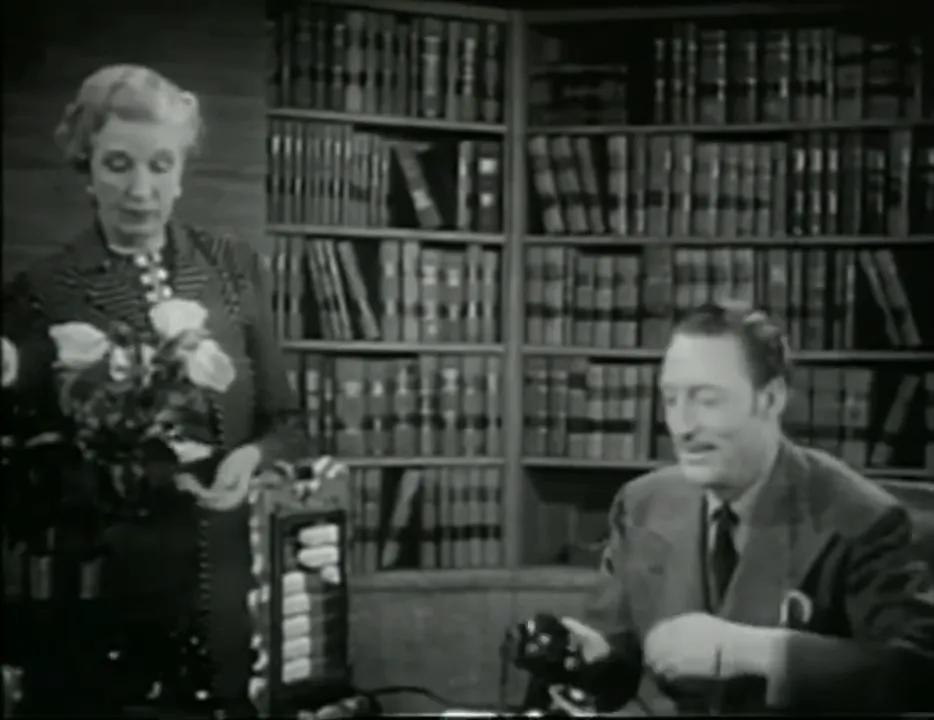
Themes: Jealousy, Jurisprudence, Gender, and Moral Double Standards
Wives Under Suspicion is preoccupied with jealousy as both private passion and public hazard. The film stages jealousy in two registers: as the motive for the titular murder and as the palette-staining emotion that threatens to color the district attorney's conscience. That link — between private obsession and public responsibility — permits the film to interrogate how the criminal justice system treats crimes of passion. The narrative questions whether law should mete out death and whether the legal system can or should measure the culpability introduced by an emotional frenzy.
Gender relations thread through the film’s thematic fabric. Lucy Stowell is not merely a plot device; she is emblematic of the modern wife who may possess social autonomy, friendships and a life beyond the sanctity of her husband’s presence. Stowell’s suspicion of his wife’s fidelity exposes brittle conceptions of male proprietorship and the anxieties that accrue when professional men confront private vulnerabilities. The film dissects the convenience of a legal system that sometimes adjudicates emotional violence with the blunt instrument of retribution rather than the fine point of nuanced understanding.
Another central theme is the double standard between social classes and the criminal law. The prosecution of Professor MacAllen — a man of learning and status — becomes a touchstone for the district attorney’s policies: Stowell prides himself on being rigorous and impartial, yet when the man before him is cultured and sympathetic, Stowell’s orphaned rhetoric about “crimes of passion” becomes charged with ideological judgment. The film thus exposes inconsistencies in how society and the law evaluate motives, punishment and the possibility of mercy.
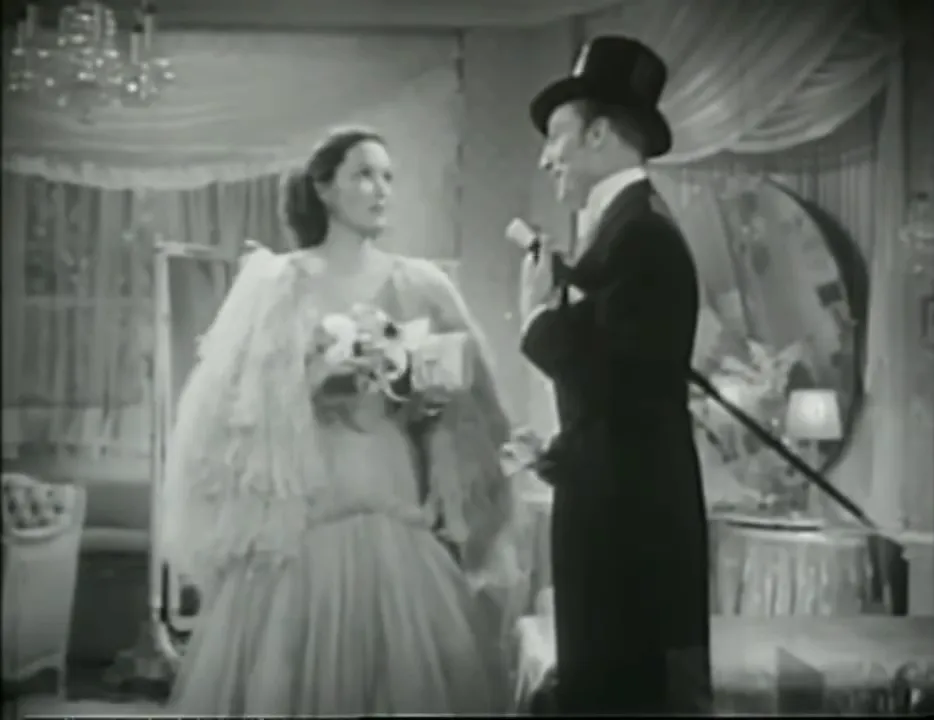
Directorial Approach and Visual Strategies
James Whale’s direction in Wives Under Suspicion is economical and less flamboyant than his horror masterpieces, but it remains attentive to the dramatic beats that require emphasis. Whale stages the courtroom like a theater of moral adjudication: close-ups on faces, a measured pacing of questions and the deliberate exposure of contradictions in testimony. The film's visual economy intensifies the moral argument by constricting physical movement and amplifying the psychological chamber music of accusation and remorse. That approach yields a film that, while not expressionist in its imagery, nonetheless conveys mood through disciplined composition and contrast.
Where Whale’s earlier films luxuriated in stylized sets and atmospheric shadows, Wives Under Suspicion relies on tighter interiors and a focus on actors’ faces. This restraint produces a kind of proto-noir tension: the chiaroscuro is not always literal but lived in the angles of exchange, the edges of the frame, and the moral chiaroscuro expressed by the characters. In this sense, Whale uses classical studio technique to evoke moral ambiguity rather than resorting to the later noir playbook of fragmented narrative and extreme high-contrast lighting.
Cinematography, Editing, and Music
George Robinson’s cinematography keeps the camera functional and purposeful. Rather than becoming showy, the photography supports performances and the script’s interrogatory thrust. Close-ups are used economically, and longer lenses suggest a compressed world where characters are emotionally close yet isolated. Charles Maynard’s editing maintains the narrative pace — brisk but never rushed — which suits the film’s concise runtime.
Frank Skinner’s score bolsters the drama without overwhelming it. The music underscores scenes of tension and tender domesticity, helping to shape the viewer’s mood where the visuals are restrained. Together, these technical elements create a sober tonal environment that foregrounds ethical inquiry over visual bravado.
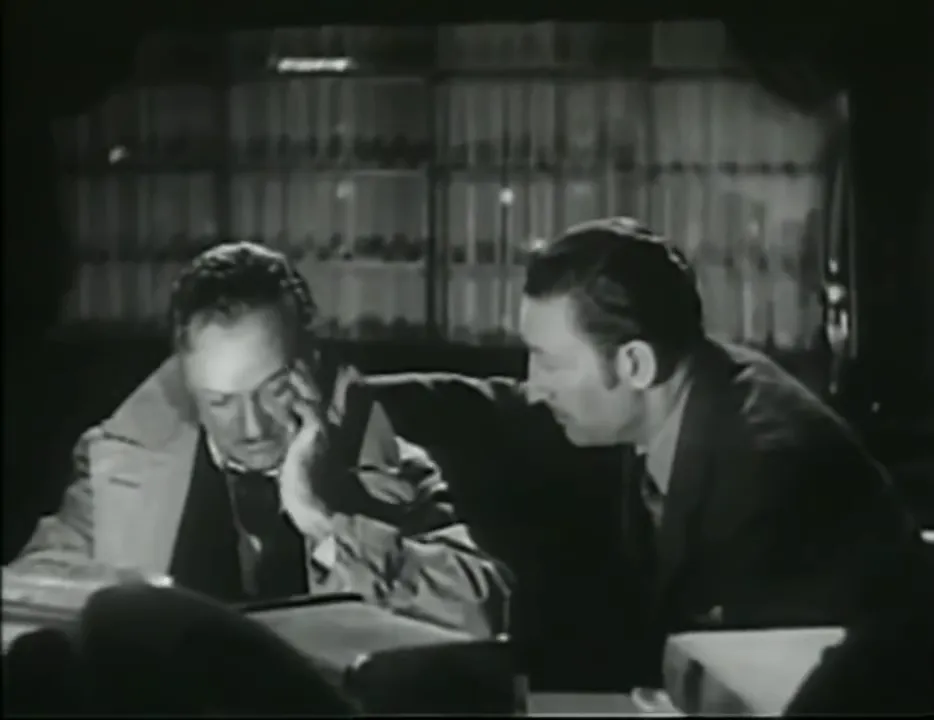
Reception and Critical Legacy
Critical reception at the time of release was mixed. The New York Times’ Bosley Crowther offered a contemporary appraisal that saw the film as repeating an old idea without absolute conviction. Crowther wrote that the “one about the ruthless District Attorney hoist by his own oratorical petard is repeated in terms of Warren William and Gail Patrick and nothing else that differs from previous versions in Wives Under Suspicion.” His review judged the parallelism between the prosecuted murder and the prosecutor’s private crisis as “a little bit too pat.”
The one about the ruthless District Attorney hoist by his own oratorical petard is repeated in terms of Warren William and Gail Patrick and nothing else that differs from previous versions in "Wives Under Suspicion" ... The parallel between the crime passional Warren is prosecuting with so much unnecessary vigor and the one he is very nearly led to commit himself through a sudden inflamed suspicion of Gail is just a little bit too pat in all departments.
Crowther’s critique highlights a central vulnerability of the film: the symmetry that is meant to illuminate moral paradoxes sometimes reads as contrivance. Yet that structural symmetry is also the film's deliberate method — a moral mirror designed to reflect the prosecutor’s professional zeal back into his private life. Subsequent scholars and critics have revisited the film for its compact examination of male authority and the legalistic appetite for punishment.
In genre histories, Wives Under Suspicion occupies an ambiguous place. It is not conventionally listed among the canonical film noir movie masterpieces of the 1940s and 1950s. Yet its thematic preoccupations — moral ambiguity, compromised masculinity, and a world where appearances mask interior violence — render it an instructive antecedent to noir. That ancestral status makes it a useful text for understanding the genealogy of the film noir movie sensibility, even if the film itself lacks the stylistic extremities that later defined noir proper.
Public Domain Status and Modern Accessibility
One practical reason Wives Under Suspicion persists in contemporary discussion is its public domain status. In 1966, the film entered the public domain in the United States because the claimants did not renew its copyright registration in the twenty-eighth year after publication. That legal fact has made the film widely available for free viewing and download on archives and streaming sites, including the Internet Archive and various video-sharing platforms. Its accessibility allows critics, historians and cinephiles to revisit Whale’s work without the distribution barriers that often obscure other lesser-known studio films of the era.
The public domain status of the film also invites varied presentations, restorations and curatorial efforts by private enthusiasts. While these versions vary in quality, the film’s availability encourages research and reassessment — a democratic circulation that suits the film’s thematic attention to public accountability and private consequence.

Close Reading of Key Scenes
This section offers a scene-by-scene reading of moments that crystallize the film’s concerns and display its aesthetic choices. Each fragment illuminates how the film builds meaning through the intersection of staging, performance and sound design.
The Opening Courtroom Sequence
The film opens in a courtroom that functions as a moral theater. The early scene, where a defendant is sentenced to death, establishes the prosecutor’s philosophy: justice as a public pedagogic. The camera frames Stowell as a figure of civic authority, commanding attention and shaping the moral language that will later be interrogated. This opening establishes stakes: law is not merely neutral but rhetorical. It also foreshadows the personal test of conscience that will compel Stowell to examine his own domestic life.
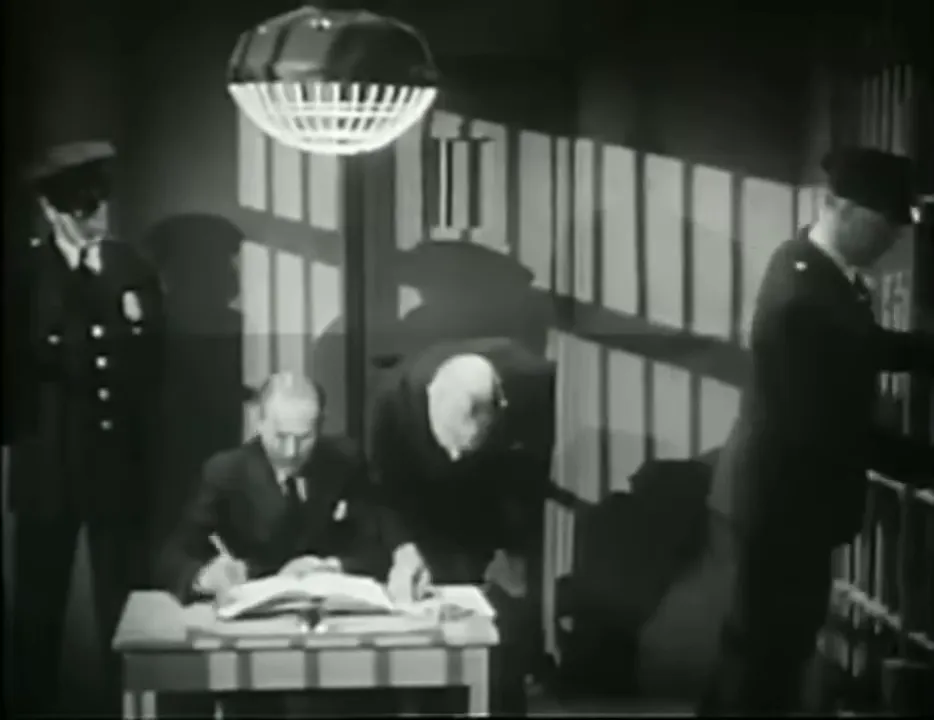
Stowell’s Domestic Interludes
Interspersed with courtroom vigor are Stowell’s small domestic moments with Lucy. These scenes are crucial because they humanize the prosecutor and simultaneously expose the lines along which his imagination will fracture. Lucy’s birthday, their private dinners and the moments when Stowell’s vigilance intrudes on intimacy reveal how a public temperament may ossify into private suspicion. These scenes are staged with naturalistic restraint to emphasize the ordinary world that suspicion will warp.
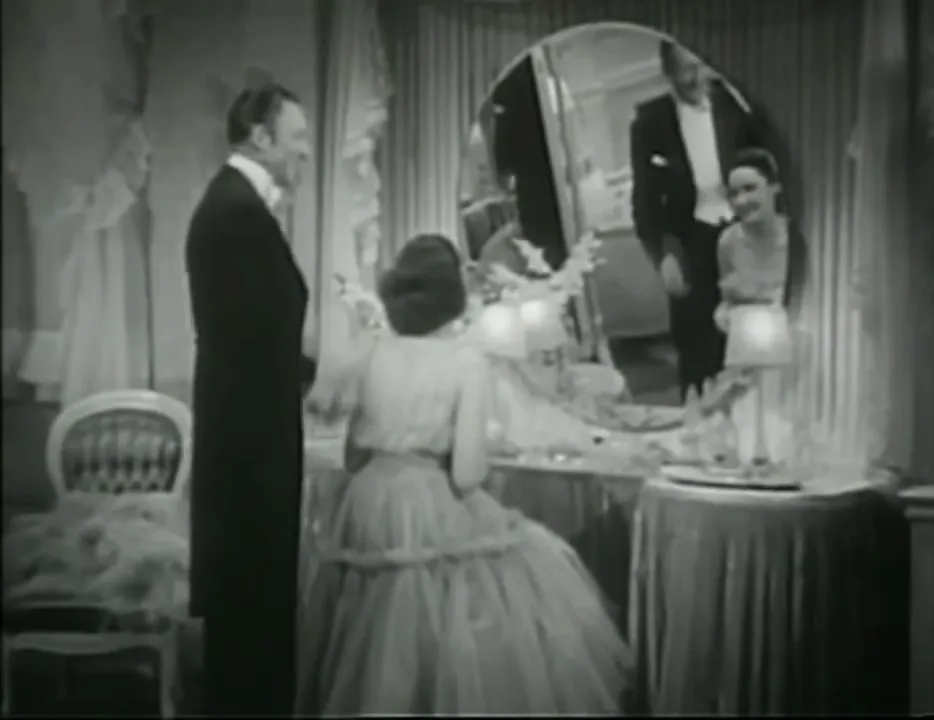
Dialogue in the Police Station
The interrogation of Professor MacAllen — or the equivalent character in the transcript — is staged as a moral audit. The suspect recounts his own jealousy in vivid, intimate terms: the “kiss before the mirror” becomes the motif for culpability. The police scenes juxtapose official language with intimate confession, forcing the viewer to weigh legal categories against human frailty. These moments are pivotal: they reveal how narrative construals of motivation can be mobilized in court to determine the gravity of sentence.
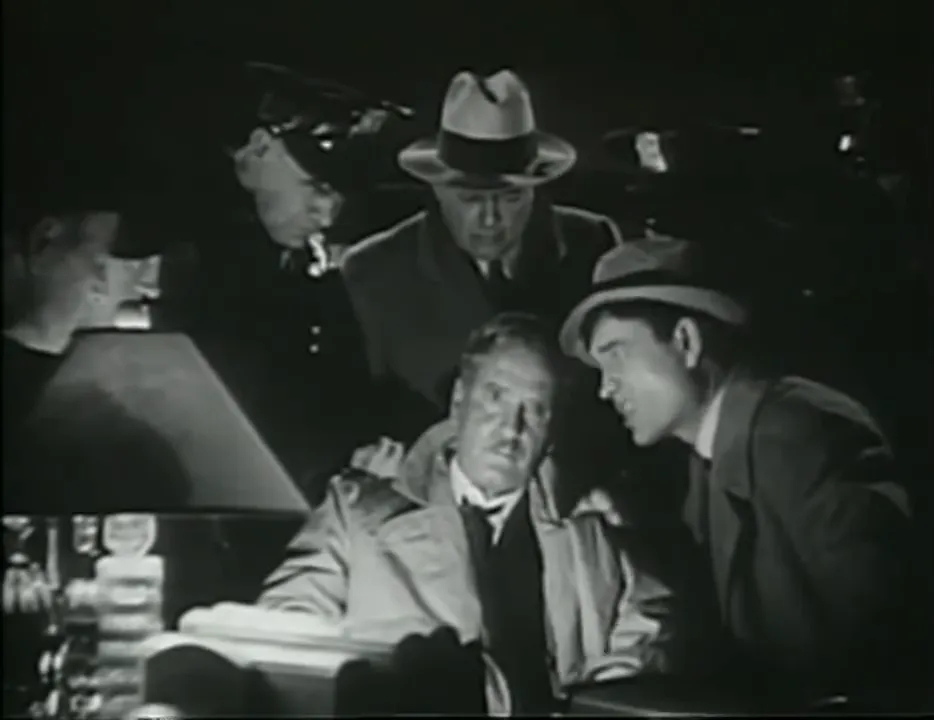
The Courtroom Cross-Examination and Reversal
The film’s central structural maneuver is the reversal: Stowell, who has prosecuted an apparently similar crime with rhetorical severity, is forced to confront how his own jealousy might incline him toward violence. The dramatic pivot occurs during cross-examination sequences where Stowell’s prosecutorial art is deployed with surgical effect, but afterwards he is confronted with his own reflection and aura of possibility. The final courtroom scene, where Stowell asks the court to reduce the charge — changing a murder indictment to manslaughter — crystallizes the film’s moral argument: mercy and context matter. The courtroom becomes not only a site of punishment but of ethical self-scrutiny.
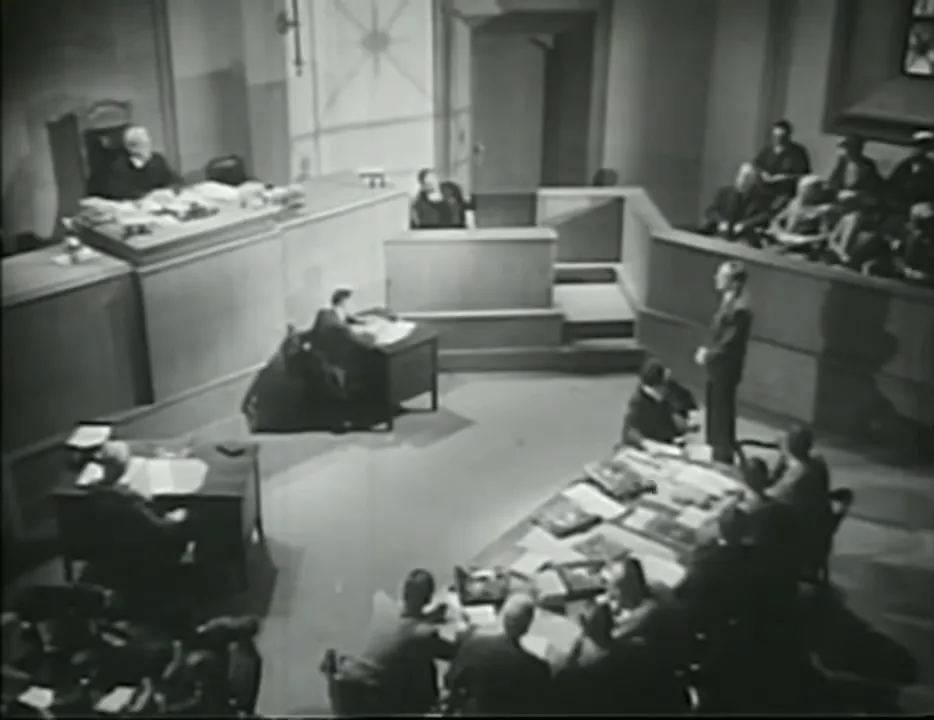
Is Wives Under Suspicion a Film Noir Movie?
Critically, the designation “film noir movie” conjures a constellation of visual, thematic and institutional features: stark chiaroscuro, fatalistic narration, crooked urbanity, femme fatales, moral ambiguity and a postwar sensibility of disillusionment. Wives Under Suspicion predates the canonical noir cycle and thus cannot be slotted neatly into the category as it crystallized in the 1940s. Yet the film shares crucial noir-adjacent preoccupations: compromised masculinity, law’s limits, and the way desire destabilizes public order. It stages moral uncertainty as a theatrical crisis, which is essential to noir’s psychic infrastructure.
From a stylistic perspective, Wives Under Suspicion lacks the extreme low-angle lighting, fractured compositions and night-for-night street motifs frequently associated with the film noir movie. Instead, Whale’s direction favors classical framing, interior sets and economical lighting. Where noir often revels in visual invention, this film finds its drama in rhetorical force and character negotiation. That difference matters. It makes the film better classified as a crime melodrama or courtroom drama with noir sensibilities. Yet, to insist that the film is not a film noir movie at all would obscure the ways it anticipates noir tropes and moral structures.
Therefore, the film can be usefully regarded as a near-progenitor — an instantiation of the film noir movie’s ethical universe before the full stylistic language of noir took shape. Critics and historians can read it productively as pre-noir: a classical studio picture that carries the narrative DNA of later noir films. The film’s interrogation of masculine honor, the social penalties of jealousy, and the ambivalent relationship between law and mercy are subjects that noir would take up more viscerally in subsequent decades.
Legacy and Preservation Considerations
Wives Under Suspicion’s value to contemporary viewers lies less in formal innovation than in moral curiosity. It provides a window into how late 1930s American cinema wrestled with the contradictions of modern marriage, professional identity and the criminal law. James Whale’s decision to retell the same narrative within a different economic and aesthetic moment underscores the story’s persistent provocations — and explains why the film remains a compelling artifact for students of genre and gender.
Because the film is in the public domain, preservation efforts are decentralized. Enthusiasts and archives have preserved and distributed various transfers. Some versions are in need of restoration; others survive in decent condition. Scholars and preservationists interested in the film’s status would benefit from coordinated restoration initiatives that secure the best surviving elements. Doing so would honor the film’s role as a transitional artifact between older melodramatic forms and the emergent sensibilities that would feed into the film noir movie tradition.
Why Wives Under Suspicion Matters to Classic Cinema Audiences
For the classic cinema aficionado, Wives Under Suspicion holds several attractions. First, it offers a showcase for Warren William at a point when his screen persona had hardened into one of urbane authority. Second, it affords an opportunity to study James Whale working outside his more celebrated genre, revealing a director capable of tonal restraint and moral probing. Third, its compact form and moral urgency make it an accessible film that rewards repeated viewings: lines and reversals that initially appear telegraphed often gain ambiguity upon closer inspection.
Most importantly, the film invites reflection on how institutions organize emotion. The courtroom becomes a crucible where private sorrow is translated into public categories, and the film’s final gestures toward clemency and human complexity are as much a defense of humane jurisprudence as they are an argument for narrative empathy. Viewed through this lens, the movie resembles the best of classic studio pictures: formally efficient and ethically inquisitive, it entertains while it interrogates.
Conclusions and Recommendations
Wives Under Suspicion is neither a canonical film noir movie nor a mere relic; it is a compact, morally engaged courtroom drama that anticipates, in thematic terms, features of the noir lexicon. For viewers and students interested in the genealogy of noir, the film is instructive: it demonstrates how certain moral conflicts — masculine pride, romantic betrayal, and the limits of law — circulated before noir codified their visual idioms. For Warren William fans and James Whale scholars, the film provides an essential corrective to the director’s horror-centric reputation, revealing a craftsman of moral dramaturgy.
Because the film is in the public domain and widely available, it is recommended for inclusion in curated programs exploring pre-noir tendencies in studio cinema. Film societies, classic film curators and educators might pair it with Whale’s 1933 adaptation or with later noir features to encourage comparative analysis. Restorations and scholarly introductions would further enhance appreciation and permit a more complete contextualization of the film within 1930s studio practice.
Finally, Wives Under Suspicion rewards the viewer who attends to nuance. Its argument about mercy — that sometimes an act of violence is entangled with human frailty and therefore demands moral rather than mechanistic retribution — remains provocative. It is in this insistence on mercy, not spectacle, that the film’s ethical legacy endures, and in that enduring quality it asserts a modest but meaningful place in the history of the film noir movie’s formation.
